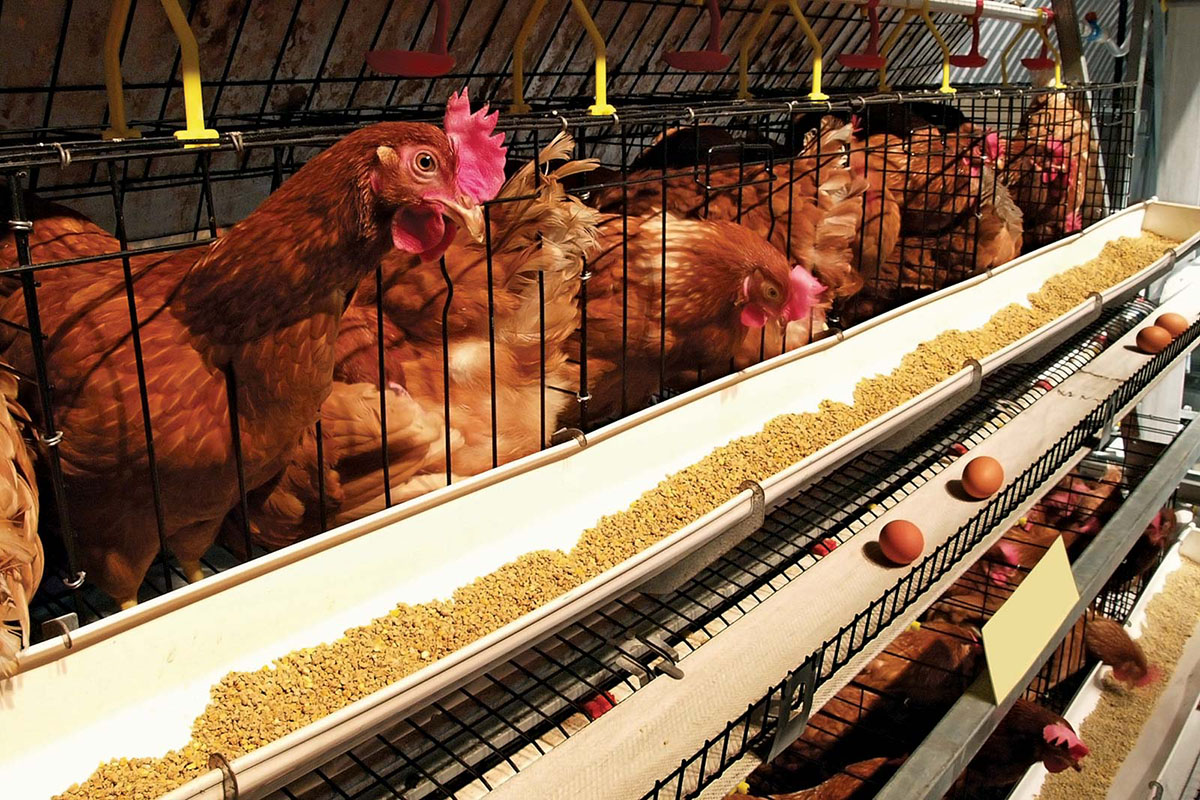fish feed extruder machine
ធ្នូ . 04, 2024 20:24 Back to list
fish feed extruder machine
Understanding Fish Feed Extruder Machines A Key to Aquaculture Success
In the thriving world of aquaculture, the demand for high-quality fish feed has never been greater. The production of nutritious and palatable feed is essential for the growth and health of aquatic species. This is where fish feed extruder machines come into play. These sophisticated devices are instrumental in the fabrication of fish feed pellets, ensuring they meet the nutritional needs of various fish species while also being cost-effective to produce.
What is a Fish Feed Extruder Machine?
A fish feed extruder machine is a specialized piece of equipment designed to manufacture fish feed pellets through a process known as extrusion. This process involves mixing raw ingredients like grains, fish meal, vitamins, and minerals, which are then cooked under high pressure and temperature to create a homogenous mixture. The mixture is forced through a die, producing pellets that are then cut to the desired size.
The extrusion process is vital because it not only shapes the feed but also enhances its nutritional profile. By exposing the ingredients to high temperatures and pressures, the extruder can improve protein digestibility, reduce the presence of harmful microorganisms, and create a more uniform texture.
Components of a Fish Feed Extruder Machine
A typical fish feed extruder machine consists of several key components
1. Feeding System This part ensures that the raw materials are fed into the machine at a consistent rate.
2. Extrusion Chamber Here, the ingredients undergo cooking and gelatinization due to heat and pressure. This chamber is crucial for transforming raw materials into a form that is easy for fish to digest.
3. Die and Cutter The die shapes the feed into specific pellet sizes, while the cutter is responsible for achieving the desired length of each pellet.
4. Cooling System After extrusion, the pellets need to be cooled quickly to maintain their quality and structural integrity.
fish feed extruder machine

Types of Fish Feed Extruders
Fish feed extruders can be classified into two main types single-screw extruders and twin-screw extruders.
- Single-screw Extruders These are the most common type and are typically more straightforward and cost-effective. They are suitable for producing lower-moisture feed pellets.
- Twin-screw Extruders These offer more versatility and control over the extrusion process, allowing for a wider range of feed formulations. They are ideal for high-moisture feeds and can handle more complex mixtures.
The Benefits of Fish Feed Extruder Machines
Investing in a fish feed extruder machine comes with numerous advantages for aquaculture businesses
1. Nutritional Quality The extrusion process maximizes the nutritional value of fish feed, promoting better growth rates and overall fish health.
2. Cost Efficiency Producing feed in-house reduces reliance on external suppliers, leading to significant cost savings over time.
3. Customization Fish farmers can tailor the feed formulations to meet the specific needs of their fish species, improving growth performance and feed conversion ratios.
4. Waste Reduction Extruders can efficiently utilize raw materials, minimizing waste and making the production process more sustainable.
Conclusion
The fish feed extruder machine is more than just equipment; it is a catalyst for advancing aquaculture practices. By enhancing the quality and efficiency of fish feed production, these machines play a vital role in ensuring that the growing demands of the aquaculture industry are met sustainably. As technology evolves, the future of fish feed extrusion promises even greater innovations, aiding fish farmers in achieving optimal results in their aquatic farming endeavors.
-
High Performance Exhaust Fan – Efficient Ventilation Solutions for Home
NewsJun.10,2025
-
High-Quality Gestation Pen for Sows Durable Mobile Pig Pen & Simple Pig Pen Solutions
NewsJun.10,2025
-
High Quality Rabbit Cage Double Tier Designs & Welded Wire Mesh Supplier
NewsJun.10,2025
-
Floating Fish Feed Machine - High Efficiency Floating Fish Feed Extruder for Small Scale Production
NewsJun.10,2025
-
Premium Poultry Housing Solutions Mobile & Commercial Free Range Options
NewsJun.10,2025
-
Industrial FRP Fans Corrosion-Resistant Blades & Centrifugal Systems
NewsJun.09,2025






